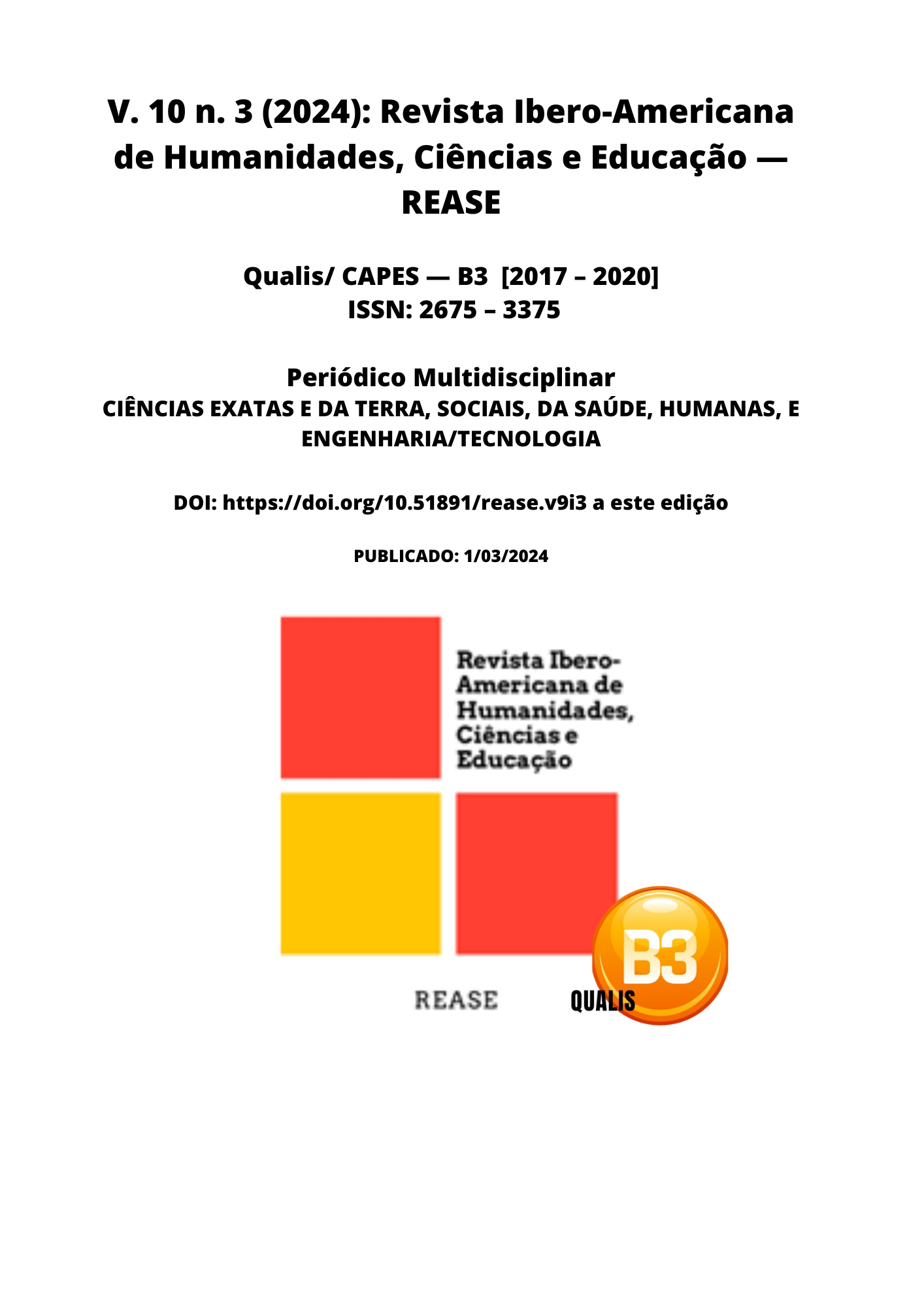NARRATIVES OF RESISTANCE: THE EXPERIENCES OF BLACK WOMEN TEACHERS IN THE URBAN SCHOOLS OF GURUPI-TO
DOI:
https://doi.org/10.51891/rease.v10i3.13233Keywords:
Educação. Empoderamento. Racismo. Resistência. Vivências escolares.Abstract
The aim of this article is to present the experiences of black women teachers, giving visibility to their personal and professional trajectories, bringing their narratives as a process of educational and social valorization. As such, the nature of the research is qualitative and the instruments used to produce the data were: a questionnaire answered by the teachers who participated in the research, followed by interviews with four black women teachers. The data produced was analyzed in the light of Laurence Bardin's (1977) content analysis. In light of the results, the speeches of the black women teachers indicate that their personal and professional trajectories are marked by silencing, confrontation, lack of financial conditions, racial and biological differences, and estrangement at their presence in spaces. Thus, it can be seen that the barriers encountered along the way, through difficult situations from childhood to adulthood, contribute to the existence of marks that have an impact and influence throughout the lives of black women teachers.
Downloads
Downloads
Published
How to Cite
Issue
Section
Categories
License
Atribuição CC BY

